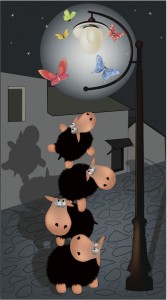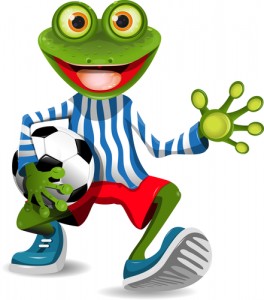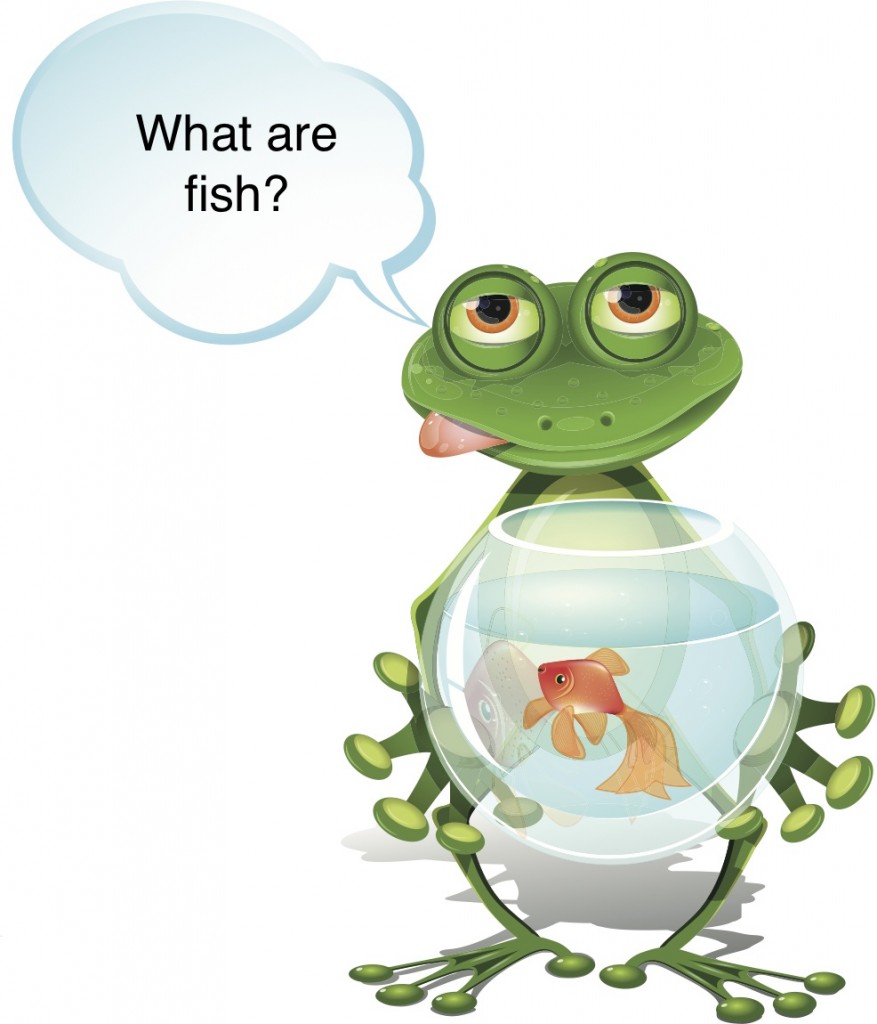304. Slice-of-Life: Stories that don’t ft the traditional mold
Developmental
Slice-of-life stories are sometimes called anecdotal or episodic. Often, they are not really stories at all, but short, interesting anecdotes that appeal to children.

The Slice-of-Life Story isn’t one specific kind of story. It’s a big conglomerate that really amounts to
STORIES WITHOUT TRADISIONAL POTS
But don’t confuse this with badly written stories. When I first started writing, I told myself that my stories were Slice-of Life’s (or Slices-of-Life), but really, I had just botched the traditional plot beyond all recognition. The designators “slicee-of life,” “anecdotal,” and “episodic,” are not terms all children’s writing professionals would agree with and they do rather fall short of accurately describing all the types of Non-Traditional stories published for children. But here is the thing to remember: The stories that fall into this category always have some hinge, some overarching idea that holds the story together. And generally, this hinge is some universal concept that is crucial to the well-being and development of a child.
CAUSE & EFFECT: Quite possibly the single best example of this is Laura Numeroff’s If You Give a Moose a Muffin, or any of the interchangeable direct/ indirect object pairs: pig/pancake, mouse/cookie, cat/cupcake. You know the series. We all wish we’d thought of it. But I often hear conversations wherein people express bewilderment at the book’s success. There is a very good reason why this book is so successful. It is very subtly teaching cause and effect, an immensely important developmental milestone for kids. Yes, that book is reinforcing an important cognitive concept that young children are coming to terms with and it does it very well, with humor and repetition.

 ABC, COUNTING & COLOR : I don’t think I need to point out why these books are developmentally valuable, but they can be considered part of the Non-Traditional/ Slice-of Life range simply because they almost never have plots.
ABC, COUNTING & COLOR : I don’t think I need to point out why these books are developmentally valuable, but they can be considered part of the Non-Traditional/ Slice-of Life range simply because they almost never have plots.
BEDTIME : These books tend to use language for a soporific effect, which just means words and sounds and rhythms that make you sleepy. They generally involve repetition, but they specifically do NOT build to a climax as do more traditional stories. Instead, they lend themselves to winding down. Self-soothing is actually a very important skill for kids to master. And bedtime books are designed to be soothing and familiar.

The CATEGORICALS: These books tend to feature items from one or two basic categories. Maybe there are dinosaurs playing soccer so the child learns not only names of dinosaurs, but soccer positions and key terms. My son had a book about different types of trucks that he liked reading. These books might seem like they are just indulging a child’s love of baseball (or whatever), but they are helping the child to understand and establish categorical boundaries, an important cognitive development.
 The RHETORICALS: These are books that present a series of questions and/or answers. Generally, the answers are obvious even to the reader or listener, but they serve as reinforcements. The thing being reinforced can vary. But the key is that they repeat a theme. There is an underlying idea that is being addressed and that idea is relevant to the development or well-being of a child.
The RHETORICALS: These are books that present a series of questions and/or answers. Generally, the answers are obvious even to the reader or listener, but they serve as reinforcements. The thing being reinforced can vary. But the key is that they repeat a theme. There is an underlying idea that is being addressed and that idea is relevant to the development or well-being of a child.
Manners: In Jane Yolen’s, How Do Dinosaurs go to School?, the narrator asks a series of questions about the behavior a dinosaur might exhibit. The answers are obvious, but they serve reinforcements. For most kids, the boundaries of good behavior have been established, but they need to be reminded. The dinosaur is a stand in for the child and the book serves as a tool for reinforcing or re-establishing the boundaries of acceptable behavior.
Unconditional Love: This is a big one. In Lisa McCourt’s I Love You, Stinky Face, the child narrator invents a series of hypothetical conditions (What if I was a green unlovable monster) and asks if the parent will still love him. This book addresses the core fundamental need of a child to feel unconditional love. Even a parent who is unaware of this need in a child is reassuring the child JUST by reading the book to them. Merely watching another child be reassured of conditional love is reinforcing to a child and the repetition serves to expand the possibilities. It gives a child the ability to perceive that there are no boundaries to the parent’s love. This book is a masterpiece.
NOVELTY BOOKS: The range of novelty books is exhaustive so I’m going to give categorical examples, not specifics:
Touch & Feel/ Scratch & Sniff: These books are teaching and reinforcing sensory modalities and categorization. Young children are building what developmental psychologists call schemas. A schema is like a very broad category that is constantly changing and accommodating new information. A schema may also be like a Venn diagram because kids aren’t really good at comparing AND contrasting at the same time. They are just learning to do one at a time which is why Touch & Feel books are generally not ALSO Scratch & Sniff Books. These books help children establish and categorize sensory input, which is just a big word for stuff you see, hear, touch, taste, and smell.
Project Books: These books may not even have the remote semblance of a story as most Non-Traditional picture books do. A good example is a paper doll book; it might come with a short story and a set of paper dolls and clothes the child can cut out. A puzzle book might have pages that are also puzzles the child can do. A book could come with a small game or something to assemble, like origami or a recipe. The Project part of a Project Book generally focuses on the development of fine motor coordination in some way, but for older kids, these books can teach sequencing or systematics.
